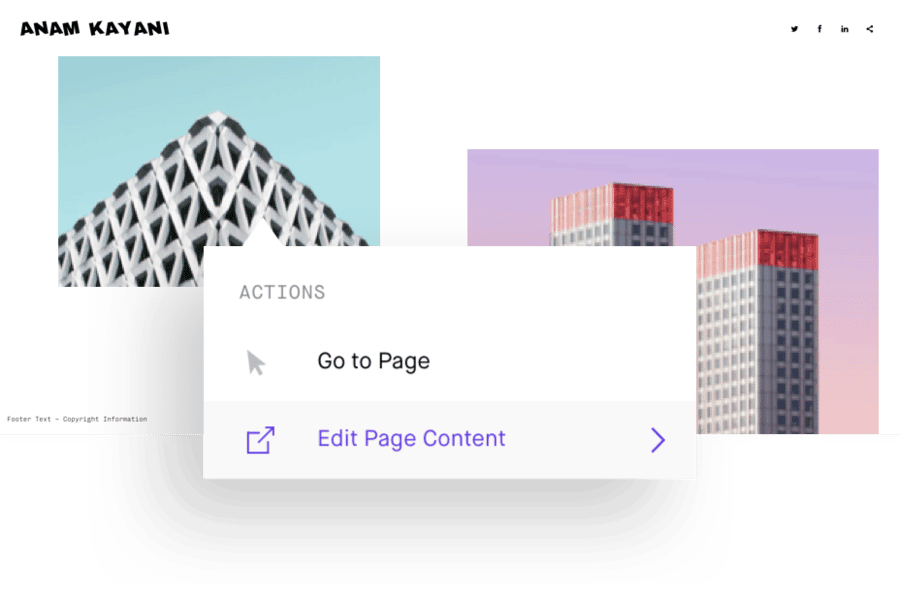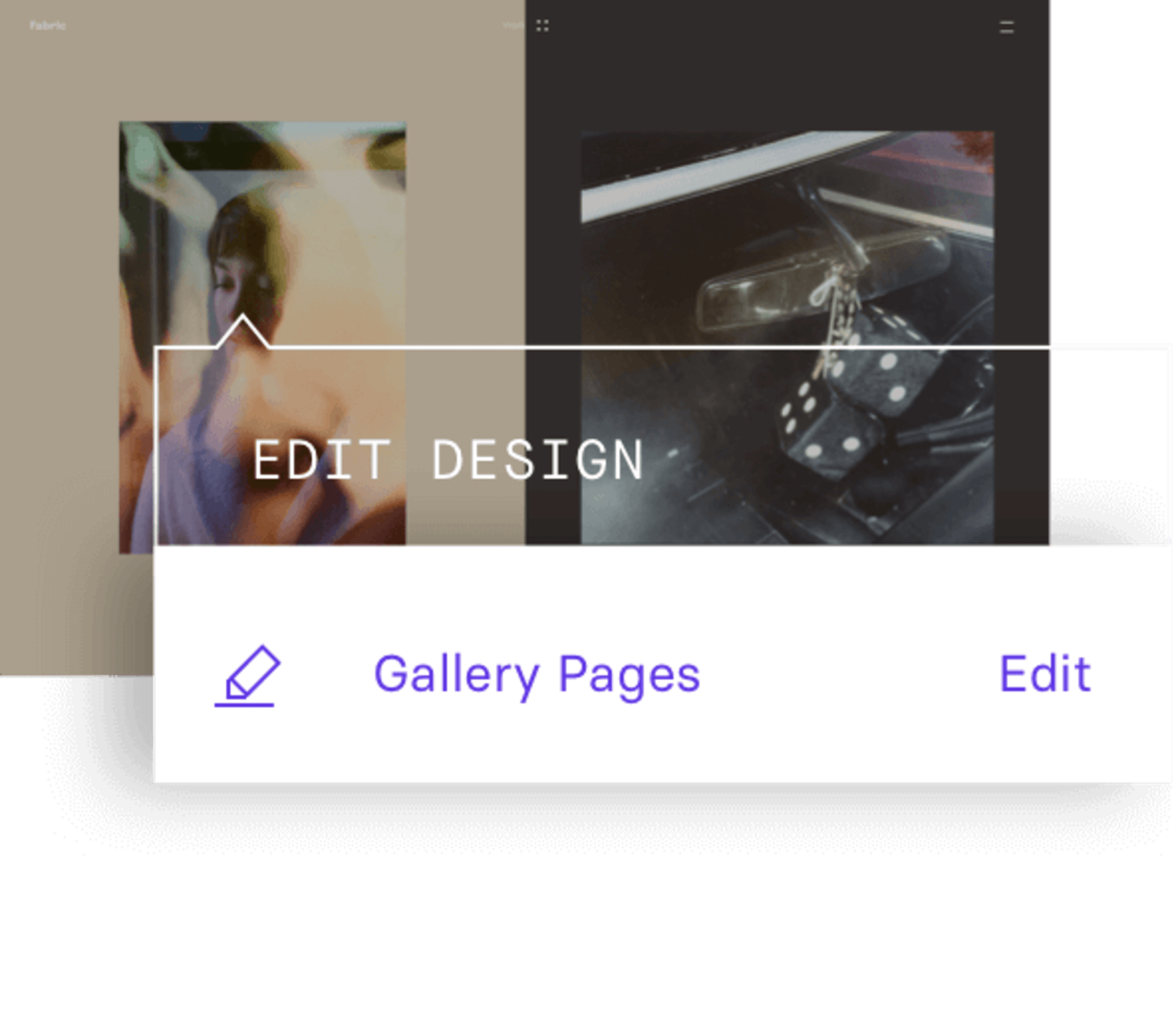
What to Include in Your Architecture Portfolio
One of the most daunting parts of the portfolio-building process is deciding what exactly to include. These are the four things you should never leave out of an online portfolio website:
Your Best Work
It should go without saying that an architect portfolio should be a collection of your best work. Go over your body of work and choose eight to ten of your best projects. These works should showcase both your skills as an architect and your ability to collaborate in team efforts, so be sure to also highlight projects where you made significant contributions.
Try your best to include more current work—namely, anything that’s been done within the last five years.
Don’t Forget the Details
While clients might be okay with 3D renderings and photos of the finished building, you’ll have better chances of winning over architecture firms by adding photos of construction detailing, hand sketches, and models in your portfolio. Architecture firms want to get someone who’s versatile and able to contribute to a project in a myriad of ways, whether through 3D modeling or creative problem-solving.
Discuss Your Background
With an online portfolio website, you can dedicate an entire page to just your background information. Use this opportunity to create a writeup that encompasses who you are and what you’re capable of as an architect. Discuss your educational background, your professional experience, and any relevant interests, but be sure to do so in a friendly, conversational manner.
Don’t forget to include awards and accolades, organizations you’re part of, and any other work-related extracurricular activities. If you can, also try to include a copy of your CV.
Add Your Contact Details
Your website is your virtual calling card, so don’t ever forget to include your contact information, from your email address to your professional social media accounts. If you have a blog or a YouTube page where you upload renderings or talk about architecture-related insights, feel free to add these in as well.




